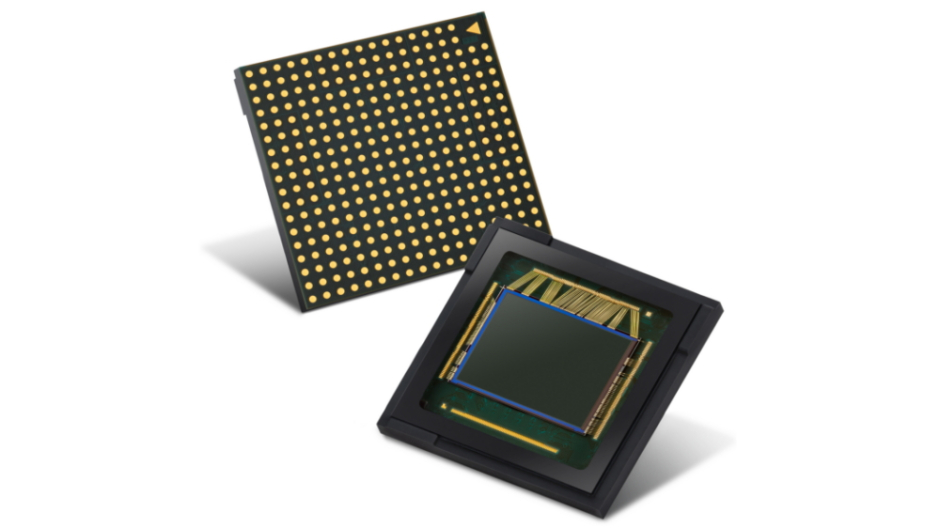Samsung has unveiled a new camera sensor called the ISOCELL GN1. The new sensor moves away from the trend of offering increasingly higher megapixel counts on a smartphone camera and makes do with just 50-megapixels. However, the ISOCELL GNA features large 1.2 µm pixels for better light sensitivity and lowlight performance. The new sensor also comes with dual pixel autofocus, more commonly used in DSLR camera setups, to offer superfast autofocus.
That low-light picture quality is helped in part by Samsung’s Tetracell technology, which combines four pixels into one which allows the sensor to gather four times as much light than without it. The drawback is that image resolution also shrinks four times to 12.5 megapixels, but that’s still more than enough for most photos. The GN1 is the Samsun’s first sensor to offer both dual pixel autofocus and Tetracell technologies which lead to “a combination of elevated light sensitivity for stellar low-light photos and DSLR-level auto-focus speeds, optimized for more dynamic picture-taking experiences,” according to the company.
A 50-megapixel camera sensor may not sound very impressive in today’s world of 100-plus megapixel smartphone cameras like the one found on the company’s Galaxy S20 Ultra and Xiaomi’s Mi Note 10. However, the clever technologies packed into the GN1 will make it much more useful in everyday situations, where autofocus speed and lowlight performance take precedent over pure resolution.
Mass production of the new sensor is expected to start this month with the GN1 expected to compete with similar sensors such as Sony’s new IMX689 found in the OnePlus 8 and Oppo Find X2.











